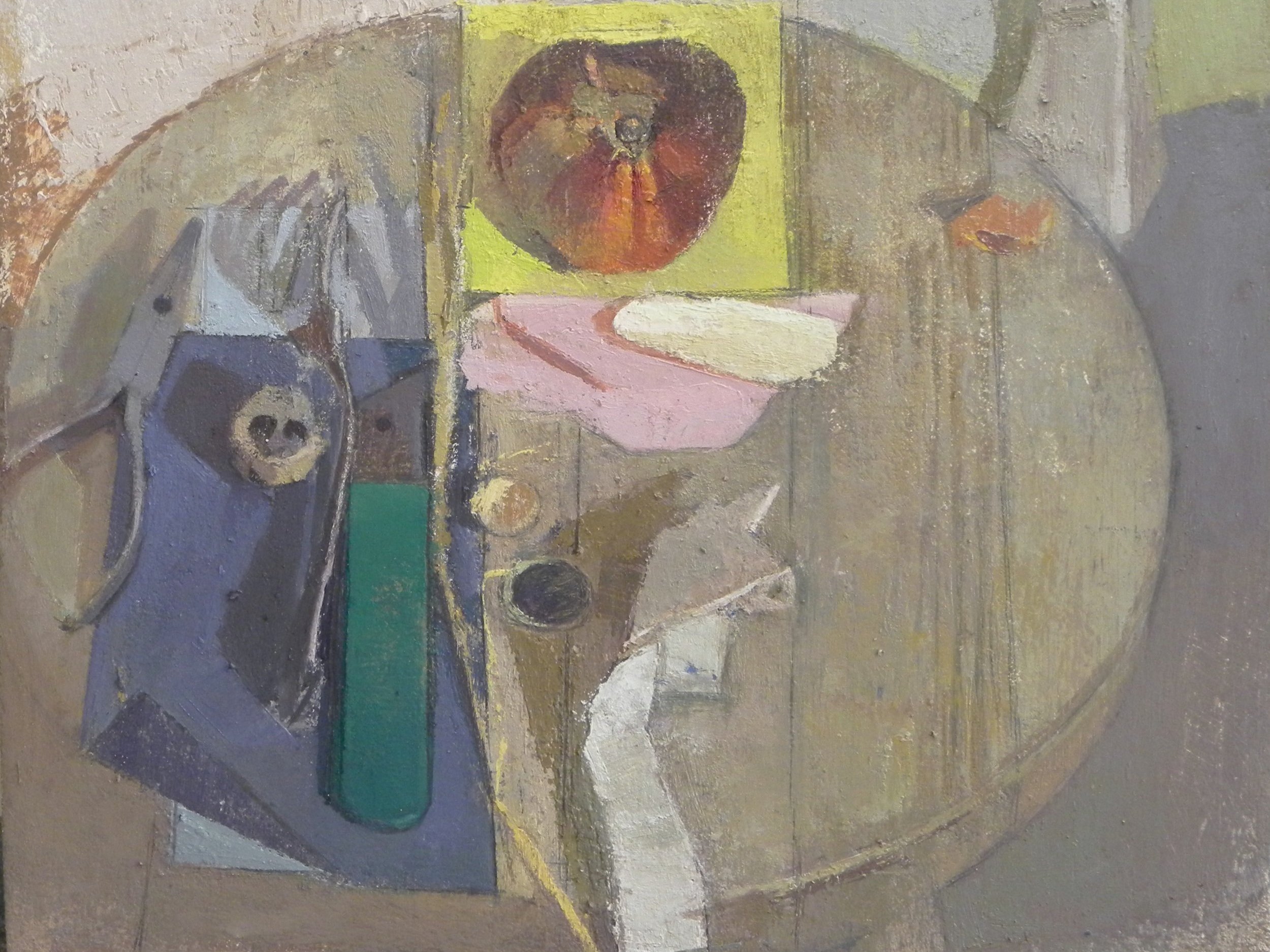
Colour Flow 2025
Colour and material guide
Colour Flow 2025
The New Standard
Introduction
Welcome to Colour Flow 2025, The New Standard. Colour Flow 2025 shows that global sustainability goals and rapid developments in technology are both driving new product development. Every country and company is forced to combat the effects of climate change, and this leads to a new standard for materials and colours. Future steps will require letting go of old linear practices and will involve taking risks, even when these seem to be beyond what is considered rational and reasonable. There is no alternative to the circular economy and to isolating all material cycles and keeping products and materials in circulation for as long as possible.
Behind the creation of Colour Flow 2025 is a no-nonsense mindset with a focus on the products, materials and colours that have a true, transformative impact. Legislation within the European market stipulates that all physical goods must be more environmentally friendly, circular and energy efficient throughout their entire life cycle: from the design phase to daily usage, to repurposing and the end-of-life function. This can lead not only to better consumption models, but also to new materials and colour systems that are a by-product of new production methods.
“Circularity means a new generation of less harmful colours and a change in how colour is created and applied. Colours are formed from natural dyes or lab-created bio dyes.”
The reuse of colours from post-consumer waste is becoming increasingly important, and shades are determined by the colours of recycled material or products. For colours created by reclaiming, materials must be classified according to the existing colour material identity and waste must be collected, sorted and processed with regard to reuse. The materials of existing products are precious, and so is the colour.
Colours become less predictable and can change from batch to batch, they age and fade to lighter tones, and this shift to a soft, muted lightness in the colours is characteristic of the Colour Flow 2025 palette. The growing awareness that colour is a part of the circular model calls for more research in this area.
For materials, there are hints of familiarity. The return of recycled materials with their elements and qualities is reflected in everyday products, interiors, and electronics.
“Being part of the circular economy creates material value that can be used productively and endlessly. The goal is for materials to be durable and/or circular. “
Glass and aluminium, for instance, can be recycled virtually infinitely. Anything single-use does not take limited resources and waste restrictions into account, and any product that is never going to become another product should be considered single-use. The phasing out of the ‘throwaway’ mentality will have started by 2025. Also, there is increasing awareness of the use of plastic, especially for wearable products such as clothes and shoes. New standards and aesthetics for materials are needed, as the standards of plastic are not easily met.
The use of digital passports for products and materials helps people make conscious and connected choices. Innovations in digital technologies and growing support for digitally enabled circular economies can be the foundation for informed choices related to the green transition. Pieces can be identified and monetised in a transparent model, revealing information about dyes, fibres and finishes, which can also help to disassemble the piece when recycling.
Oltmans van Niekerk
Directions
Neutral
Orange to tan
Blues
Greens
Pinks to red
Browns
Lilac to purple
Grey to darks
Updates Colour Flow 2025
May 2023
September 2023
July 2023
November 2023
PALETTE 2025
Download the full Adobe .ase palette here
* Are the four key colours
More about the 2025 palette here








